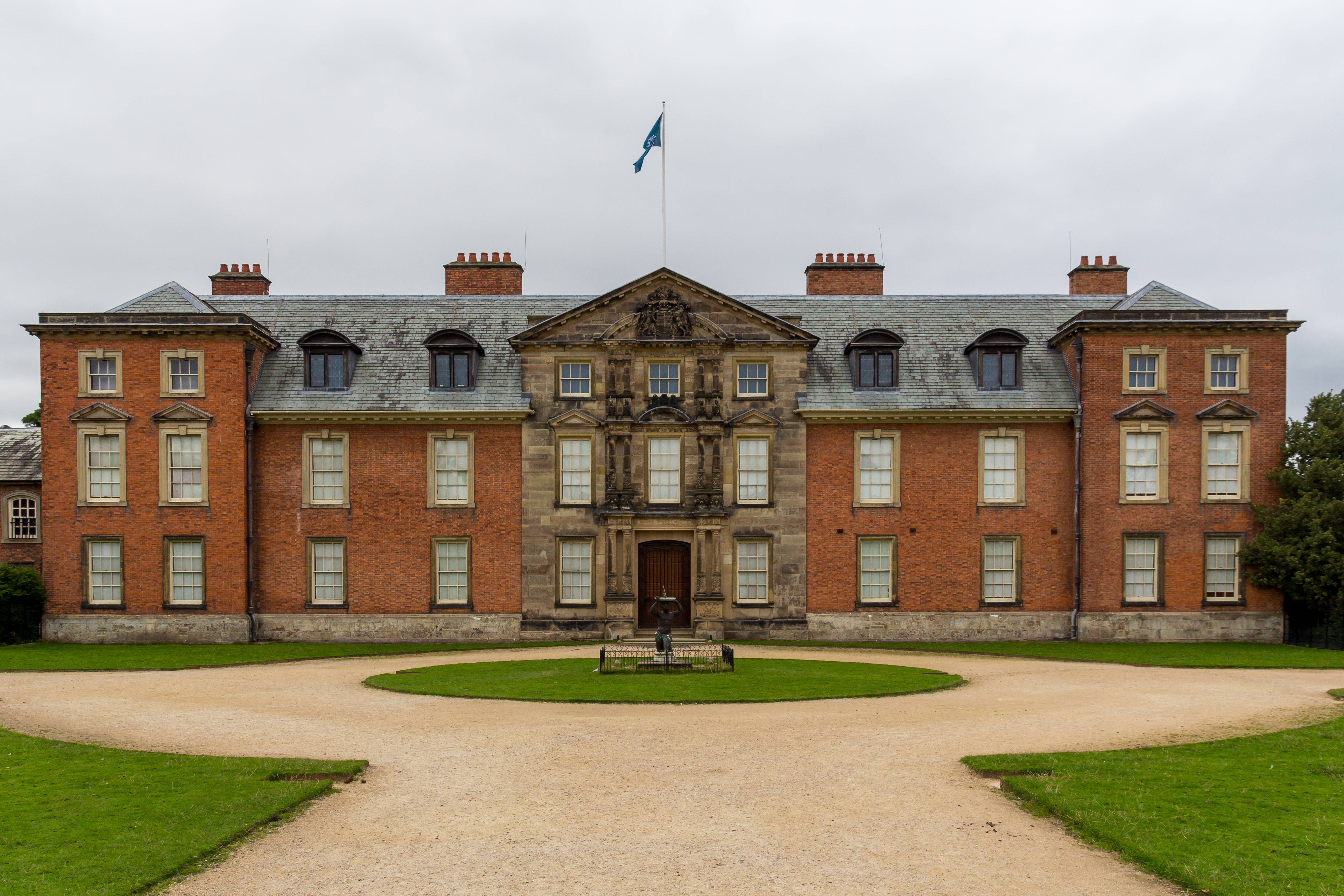Dunham Castle, an early medieval moated motte and bailey castle in Dunham Massey, Greater Manchester, is first mentioned in a document of 1173 stating that it was held by Hamon de Massey during the revolt against King Henry II in 1173/74. Although it is not listed in the Domesday Book‘s list of fifty castles in England and Wales, it may nevertheless have been built by the time of the book’s publication in 1086; “the Survey is as capricious in its mention of castles as in its mention of churches.”[1] The Domesday Book does however mention a house owned by Hamon de Massey on the site, and it is unclear whether the castle mentioned in 1173 is an addition to the house or the house itself.[2]
The castle was still standing in 1323, but by 1362 it had fallen into disuse,[3] and by the 17th century it had been destroyed.[2] All that remains of the castle’s motte is a mound to the northwest of Dunham Massey Hall
English country house near Altrincham, in Greater Manchester, surrounded by historic formal gardens and a deer park. Built in the early 18th century by the Earls of Warrington, passing to the Earls of Stamford by inheritance, it has been owned by the National Trust since the death of the 10th and last Earl of Stamford in 1976., 2 metres (7 ft) high and 24 metres (79 ft) in diameter; the moat has been flooded as an ornamental lake.[4]


